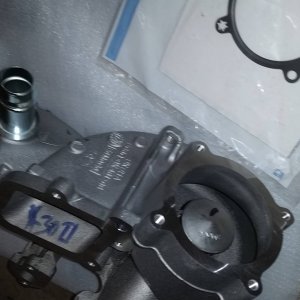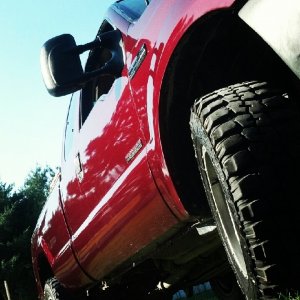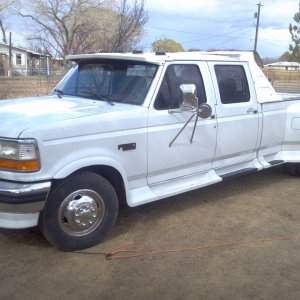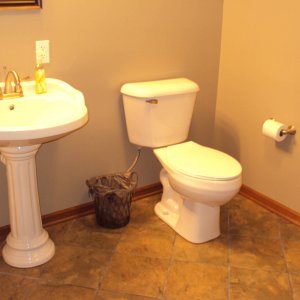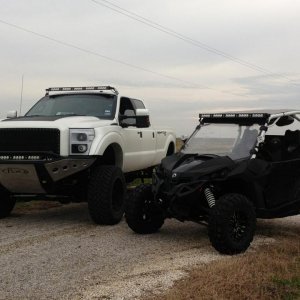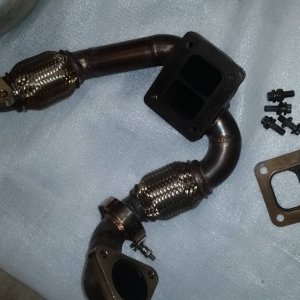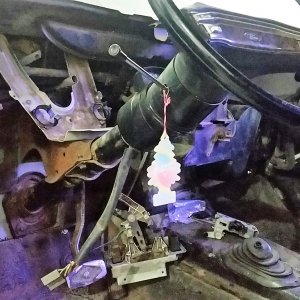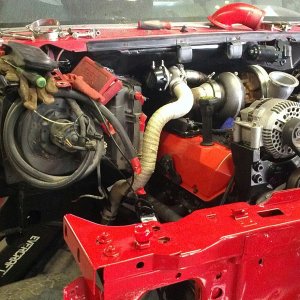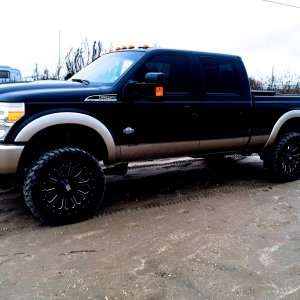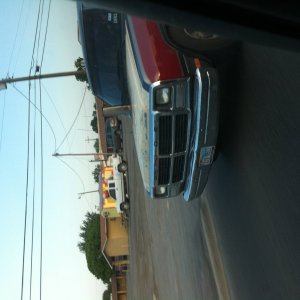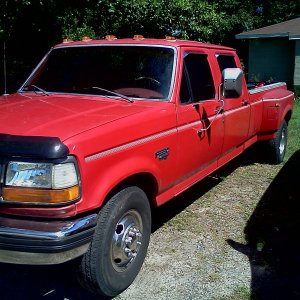Derek@Vision Diesel
New member
Checked protrusion on the drivers side this morning once everything was reinstalled.
The back #8 cylidner was .004. You couldnt even feel it coming above deck height.
The #7 is our other bad one at .010.
They were definitely not paying close attention to the surfacing. I dont believe we have ANY pistons coming up to factory spec though, as far as protrusion. So it isnt that they took TOO much off, its just clearly not flat.
The back #8 cylidner was .004. You couldnt even feel it coming above deck height.
The #7 is our other bad one at .010.
They were definitely not paying close attention to the surfacing. I dont believe we have ANY pistons coming up to factory spec though, as far as protrusion. So it isnt that they took TOO much off, its just clearly not flat.

